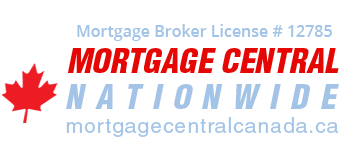Should You Choose a HELOC, a Second Mortgage, or a Refinance to Access Your Home Equity?
There are many ways by which you can access the equity that you have in your home, but choosing which one to go for will not be an easy call. You have to consider the purpose that you’ll be using your home equity for, your financial goals, and how you’ll be able to pay back the funds after you’ve used them.
Your equity is one of your biggest assets; hence choosing what to do with it and how to access it is not something that can be taken lightly. Luckily for you, we’ve summarized some information that can help you decide whether you’re thinking of accessing your home equity via a second mortgage, a HELOC, or a refinance.
Get A Second Mortgage
If your credit score is less than 650 and your home equity is just around 20%, your best option to access your home equity is through a second mortgage. Second mortgages are relatively easy to qualify for, with some private lenders only requiring a 10% home equity and a credit score between 550 and 700; however, you have to be ready for the fact that you’ll pay mortgage fees, legal fees, self-insured fees, and appraisal fees. This makes getting a second mortgage less attractive than the other options to access your home equity below but remember that a second mortgage like this can still save you a lot of money if you’ll use it to consolidate high-interest credit card debt. Don’t forget that payments for a second mortgage go on top of your payment for your primary mortgage.
Refinance Your Mortgage
A refinance is a smart way to use your home equity if you know how much funds you need and you have a credit score of at least 650. A refinance will allow you to access as much as 80% the value of your home provided that you meet the lender’s parameters which you can get via a lump sum and pay with a fixed or variable interest rate. Note that with a refinance, you will be charged interest on the entire loan, unlike a HELOC below.
Apply for a HELOC
HELOCs have many advantages and disadvantages but the most attractive feature is definitely the flexibility to only withdraw or use a portion of it when you need it. A HELOC won’t force you to use the entire loan amount and will only charge you interest on the amount you use. It is a form of revolving credit so you can pay and reuse until a predetermined time or value is reached. Lenders typically require about 20% home equity and a credit score of about 650 to qualify for a HELOC, however, private lenders may be able to provide you with options depending on a variety of factors.
The above are the 3 most common ways to access the equity of your home. Should you need further details, feel free to contact us at Mortgage Central Canada.


